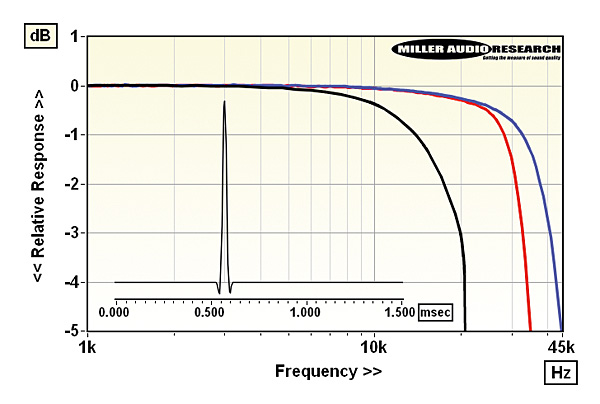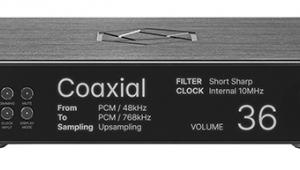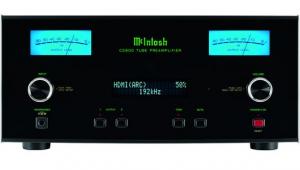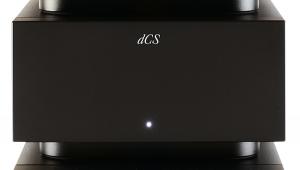Meitner Audio MA3 Network-Attached DAC Translating Transients
The MA3's response and time domain behaviour is entirely determined by Meitner's proprietary MDAT2 adaptive digital filter algorithm executed on a Xilinx Spartan DSP. Other brands, Denon included, also employ a degree of signal-dependent adaption in their digital filters, but Meitner was the first with its IDAT D/A processor back in 1992/3. Meitner's approach aims to maintain the integrity of transient signals, specifically avoiding the time-domain artefacts that we see with conventional high-order linear phase filters, for example. Specifically, while incoming data is upsampled to a noise-shaped 16xDSD (45.16MHz) bitstream, transient signals are detected using a 'history' of only a few samples and the filter applied that incurs the absolute minimum pre/post-transient 'echoes'.

The most extreme example [see inset Graph] shows the filter applied in response to a momentary transient – note the variable roll-off of –3.9dB/20kHz (44.1kHz data), –3dB/20kHz (48kHz data, black trace), –3dB/40.5kHz (96kHz data, blue trace) but a reduced –3dB/33kHz (192kHz data, red trace). By contrast, the response of Meitner's MDAT2/MDAC2 DSP and 1-bit DAC to signals judged to be more 'steady state' in nature would, by comparison, be ruler-flat. With constantly changing music signals, the digital filter algorithm adapts and segues between filters to maintain the lowest time domain distortion. PM

























































